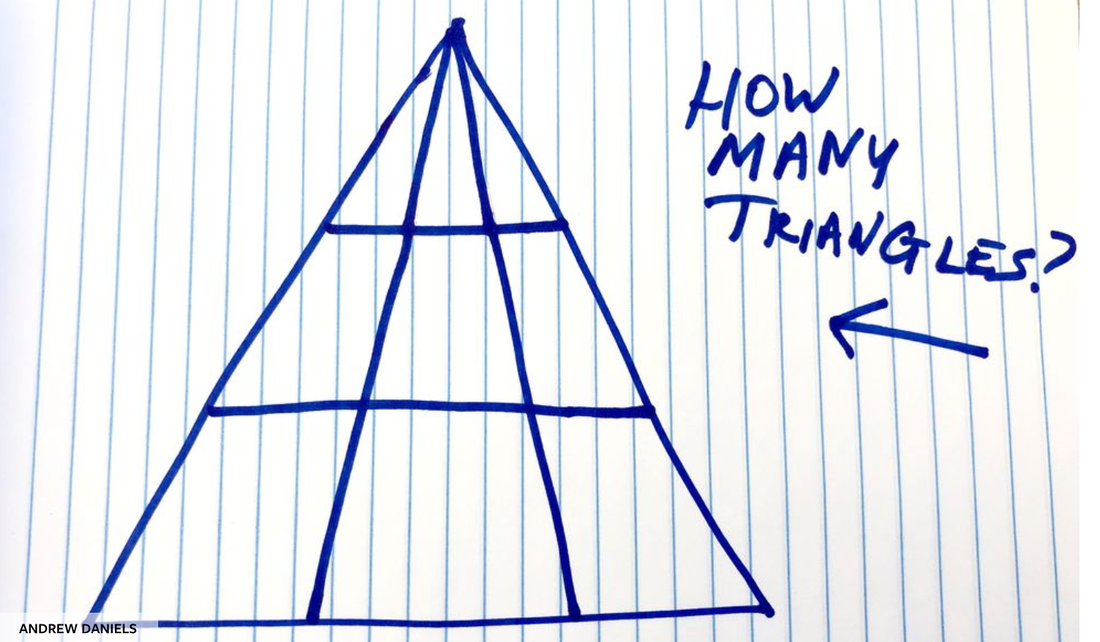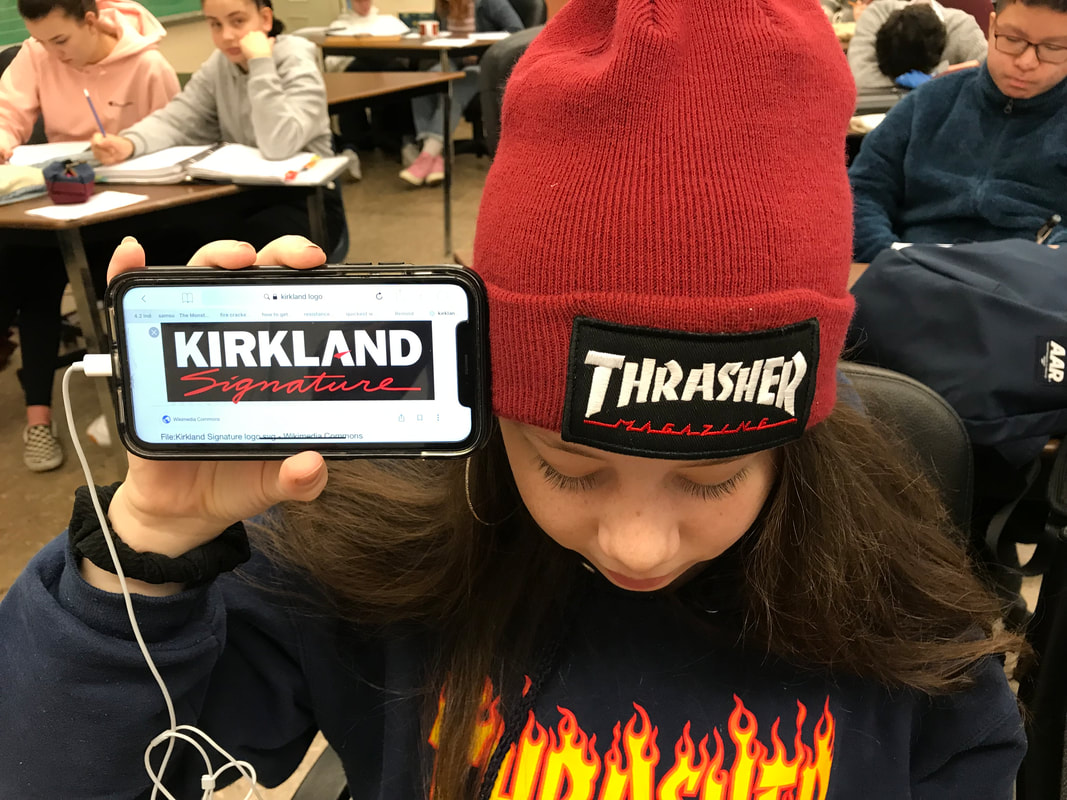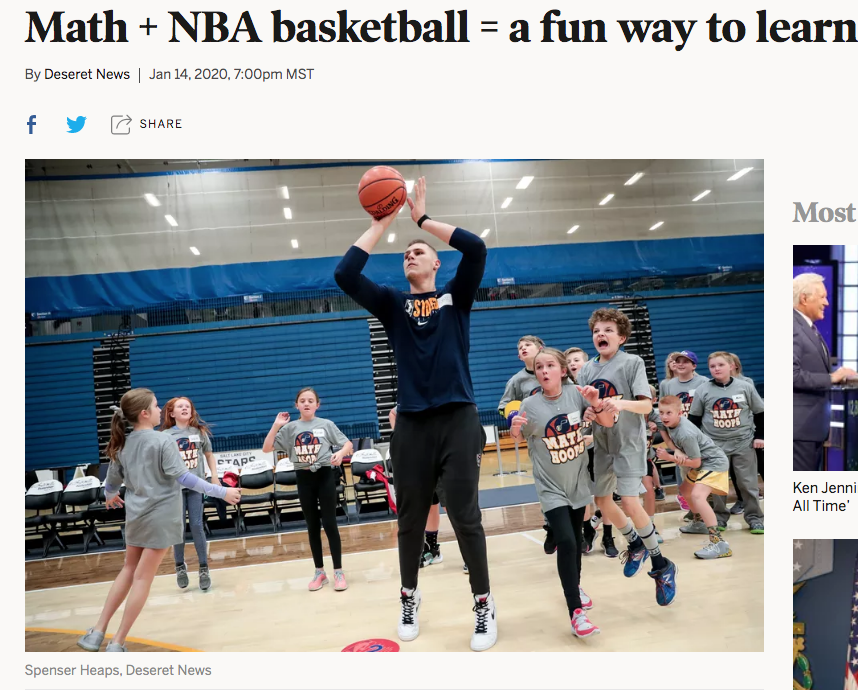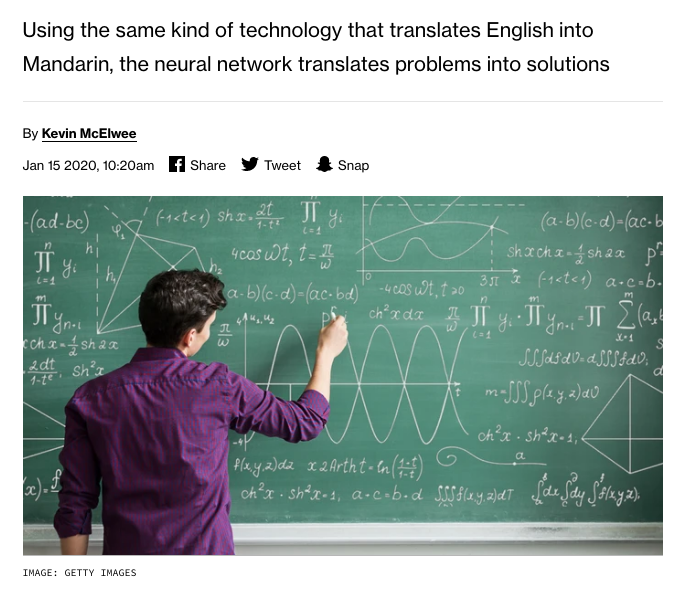Ms. Basketball herself! If you haven't seen Autumn play before, you should really make an effort to go see her over the next few weeks (season ends in February!). I'm actually not sure when Autumn's basketball career started (must have been pretty early) nor how she honed her skills (summer camps?) but she is one excellent basketball player. She never looks too animated (no yelling and screaming on the court) but she's a stone-cold killer out there. And I bet it took a LOT of hard work (which you know I love) to get so skilled.
Autumn has helped out a lot with school sports over the years: lots of scorekeeping and reffing. In fact, I HAVE to share something that Autumn did this week (the only other student I remember doing this EVER was Jade so kudos to her too): she was scheduled to scorekeep a basketball game but it turned out that she could not do it. So, instead of just coming to tell me "Can't do it", Autumn found someone to REPLACE her (thanks Chanelle) and then let me know. I LOVE it! Now that's integrity!!
I wish you well, Autumn. I know Math wasn't your favourite thing but I am proud of you for going from Math 8 Core all the way to Foundations 12! Nice work!








 RSS Feed
RSS Feed